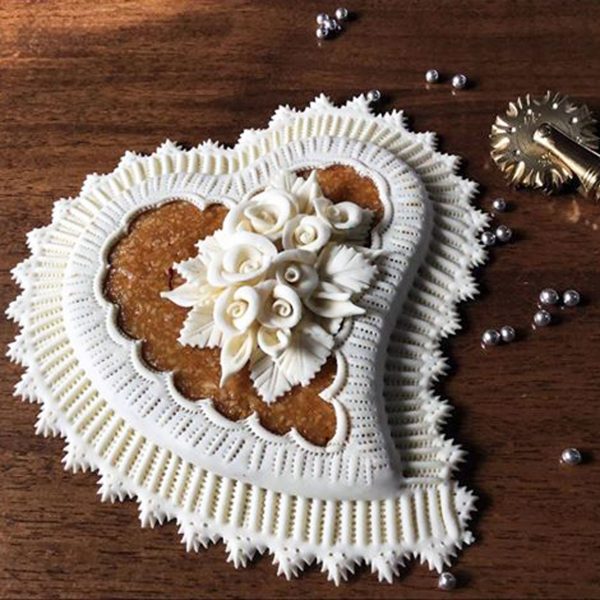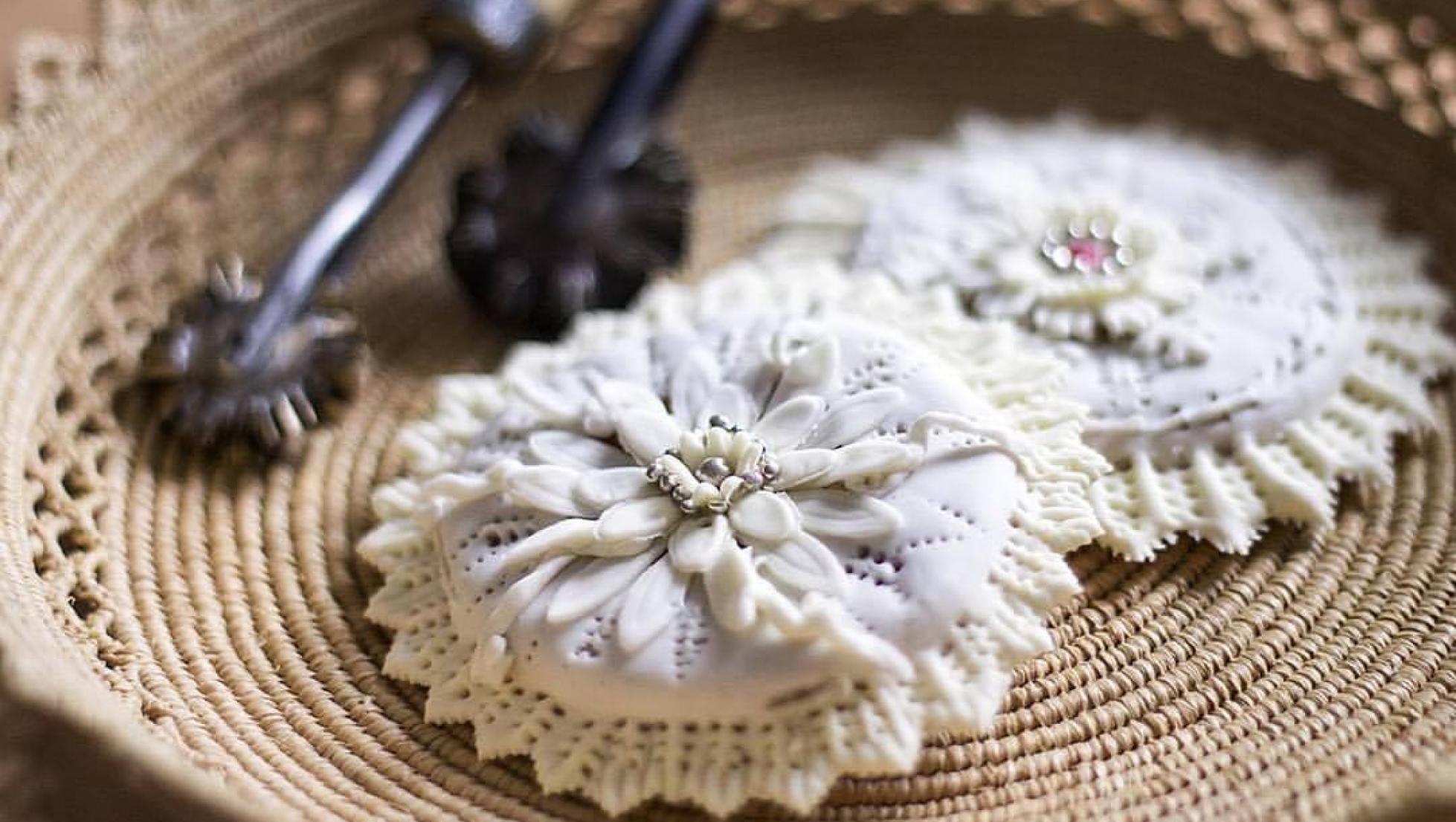The culinary art developed in Sardinia is characterized by the variety, as well as by the contaminations made over the centuries by exchanges between different Mediterranean cultures. In the Baronia area, where we are, the derivation is typically peasant and pastoral: it ranges from roasted meats, to bread, to cheeses, to homemade pasta, to the many dry sweets whose manufacture sometimes refers to the famous watermarks.

GASTRONOMY
GASTRONOMY
The culinary art developed in Sardinia is characterized by the variety, as well as by the contaminations made over the centuries by exchanges between different Mediterranean cultures. In the Baronia area, where we are, the derivation is typically peasant and pastoral: it ranges from roasted meats, to bread, to cheeses, to homemade pasta, to the many dry sweets whose manufacture sometimes refers to the famous watermarks.

FIRST COURSES
Malloreddus are a type of elongated durum wheat semolina pasta traditionally flavored with saffron. In the Nuoro area they are known as Cravaos and are seasoned with a tomato and basil sauce. In Italian they are known as Sardinian Gnocchetti; the macarrones de busa, that is a kind of bucatini made with a special elongated iron; culurgiones are dumplings filled with ricotta and mint, or with a filling based on potato, fresh cheese and mint;the fregula is instead a particular dry pasta of durum wheat semolina, worked in small lumps and used for typical dishes as fregula with clams or fregula with sauce. It is also used to make soups with meat broths; the pane frattau or carasau bread soaked in broth, arranged in layers alternated with grated pecorino and tomato sauce and with a poached egg on top;
SECOND COURSES
The porceddu or porcheddu, the suckling pig of about 4-5 kg or twenty days, slowly cooked on the spit, on grills and flavored after cooking with myrtle or rosemary. This roast is a classic of Sardinian pastoral cuisine; the Berbeche in capotu or boiled sheep with onions and potatoes, served with carasau bread soaked in the cooking broth. The small spit inspires where shepherds flesh of softer cuts, alternating with parts of the back fat.
DESSERTS
la Seada, is a disc of thin dough enclosing a filling of fresh pecorino cheese, slightly acid, melted with semolina, or fresh cow’s milk, and flavored with lemon, fried and covered with melted honey, preferably bitter (like that of corbezzolo); the Casadinas, typical of Logudoro and Barbagia are small pasta pies filled with a low layer of fresh lemon-flavored cheese. They are also widespread in the ricotta variant and are called Regotinas, often called Ricottelle.
The Coros or coricheddos, Nuorese sweets typical of the holidays. One different from the other, made of a filling of beaten orange peel, almonds and honey and wrapped in very fine “violada dough” that seems to be worked with a chisel, they are modeled and decorated on the surface with the most disparate shapes: doves, roses , leaves. The careful preparation and aesthetic refinement make them real “jewel-cakes”. the Aranzada is a sweet common in the Baronies and in the Nuoro area. It is prepared with orange peel candied in honey and toasted almonds, rhomboid in shape and presented on an orange leaf; Papassinus (or Papassinas), are widespread throughout the territory and are prepared with semolina, walnuts, raisins, almonds or hazelnuts; The Guefus, or Sospiri, balls made with chopped almonds, sugar and lemon. They are typical of Ozieri and packaged with sheets of colored paper; Candelaus are sweets prepared in the most varied forms and prepared with a sheet of almond paste that incorporates a mixture of fresh almonds, flavored with orange blossom flowers and glazed; The Pistocus, large and very soft biscuits made from egg, sugar and flour, known as Savoiardi Sardi.
BREAD
The bread frattau or carasau bread soaked in the broth, arranged in layers interspersed with grated pecorino and tomato sauce and with a poached egg on top;
CHESSES
The island currently offers the largest production of pecorino cheeses from Europe. In Sardinia three sheep’s milk cheeses are produced D.O.P. (Protected Designation of Origin): Pecorino Romano, Pecorino Sardo and Fiore Sardo, the latter typical of the area of Barbagia di Ollolai. Traditionally, only the Fiore Sardo is produced with raw whole milk.In our area you will find: Casizolu or Peretta (Vaccino), Dolce di Macomer (Vaccino), Dolce sardo (Vaccino), Fresa (Vaccino), Frue (Ovino), Fiore Sardo (DOP from 11/28/1984) (Ovino), Sardinian Pecorino (DOP from 11/04/1991) (Ovino), Provolone Sardo (Vaccino), Ricotta (Ovino). THE CASU MARZU. One of the products that arouses so much curiosity, due to its particular formation process, is the so-called casu marzu or rotten cheese. It is produced in a familiar way, in a natural way, through the Piophila casei, an insect from whose eggs, deposited inside the form of pecorino, hundreds of larvae are born. All the process gives to the cheese a very intense taste.
ADDRESSES
Tavern Bar Manù
Piazza del Popolo,16 08028 Orosei (Nu)
Tel. +39 0784 999377
Restaurant La Taverna
Piazza Guglielmo Marconi, 6 - 08028 Orosei (NU)
Farmhouse Su MERIACRU
ss 125 al km 242 08029 Siniscola località Berchida (NU)
Tel: 0784814014

